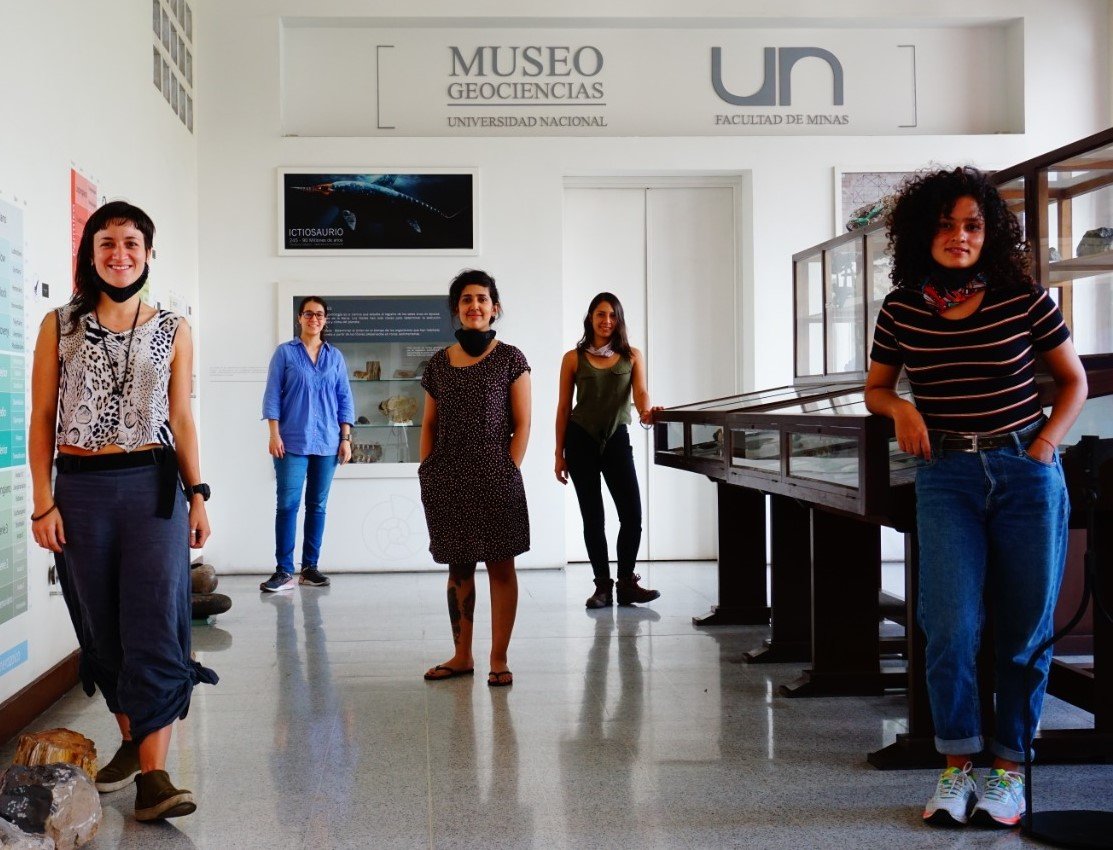ANTROPOLITES
Design for science communication
Client: Museo de Geociencias Universidad Nacional de Colombia, sede Medellín, 2020
An educational device was developed for pedagogical activities outside the museum that would tell the story of the fossils belonging to the Miocene period found during the Ricol expedition, carried out between the second and third decades of the 20th century in Colombia.
The device contained 4 narrative axes: cultural history of the expedition, natural history of the Miocene and the paleoenvironment where the species lived, the role of sediments in the fossilization process, and an activity to replicate fossils from textile waste. To carry out the project, an interdisciplinary team consisting of a geologist, a paleobiologist, an anthropologist, an illustrator, and a multimedia designer visited the museum archive, 3D scanned the fossils of more than 20 million years old, and reviewed several scientific articles about the Miocene in the tropics, to generate content and combine scientific and historical aspects with educational aspects for the dissemination of geoscientific knowledge through the arts. The artistic language of Texstones, which recreates rock textures through the recycling of textiles was used to create the Antropolites, fossil forms that function as pedagogical, artistic and narrative devices.
Team:
Daniella Carvalho, research and analysis of user testing results;
Mariana Vasquez, research and user testing;
Laura Roca, paleobiology research;
Catalina Suescun, illustrations;
Tomas Hernandez, multimedia design;
Alejandra Ruiz, project design and coordination. Art.
Special thanks to Professor Marion Weber, director of the Museum of Geosciences; and Beatriz Perez Pineda, museum and pedagogy advisor. The project was funded by the Ministry of Culture of Colombia through the Stimuli 2020 program.
education, consultancy, artwork
















Explore projects by categories
